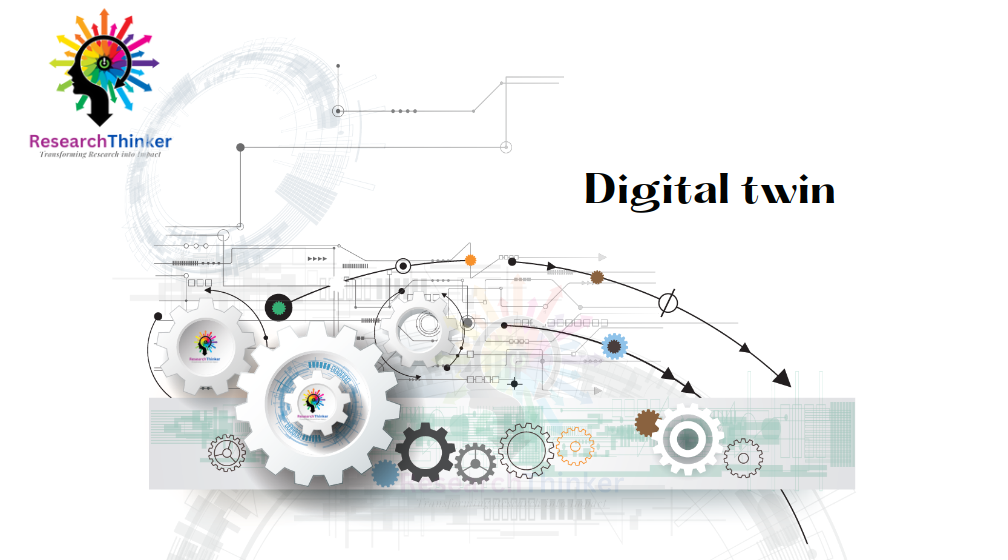Digital twins are particularly useful for predictive maintenance because they allow for real-time monitoring and analysis of physical systems. Here are some of the ways in which digital twins can be helpful for predictive maintenance:
- Real-time monitoring: Digital twins can continuously monitor the performance of physical systems in real-time. By collecting data from sensors and other devices, digital twins can detect potential issues before they cause a breakdown or failure.
- Early detection of issues: By analyzing data from physical systems, digital twins can detect anomalies and patterns that may indicate an impending failure. This allows for proactive maintenance, reducing downtime and repair costs.
- Simulation of different scenarios: Digital twins can simulate different scenarios, allowing maintenance teams to evaluate the impact of different maintenance strategies and make data-driven decisions about when and how to perform maintenance.
- Optimization of maintenance schedules: Digital twins can analyze data from physical systems to predict when maintenance is needed. This allows maintenance teams to optimize maintenance schedules, performing maintenance only when necessary and avoiding unnecessary downtime.
- Reduced costs and downtime: By detecting issues early and optimizing maintenance schedules, digital twins can reduce maintenance costs and downtime. This can result in significant cost savings for organizations.
Digital twins allow for more accurate and effective predictive maintenance, helping organizations to reduce costs, improve performance, and extend the lifespan of physical systems.




